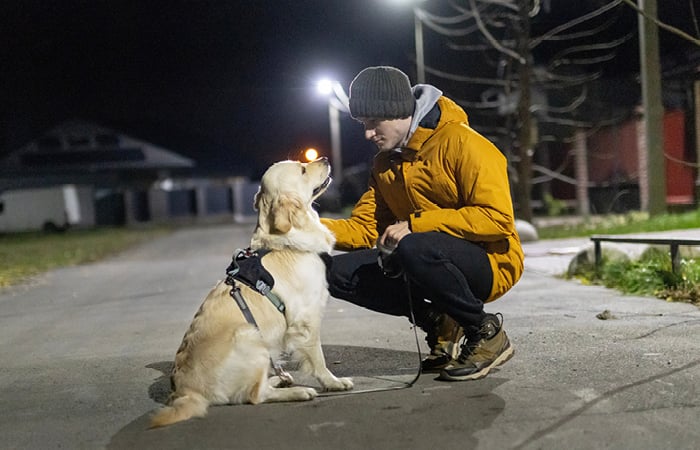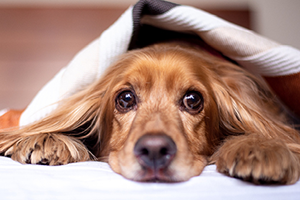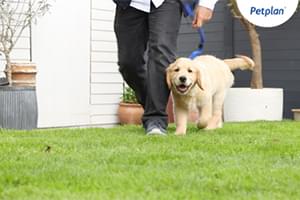When the nights get darker and the mornings get colder, our daily routines naturally change – and so do our dogs’. While many pups are highly adaptable, a sudden shift in light, temperature and activity can leave some feeling out of sorts.
So how can you tweak your dog’s day-to-day routine to suit the wintry weather? This guide explores how season changes affect dogs, and how to ease the transition with simple,

















